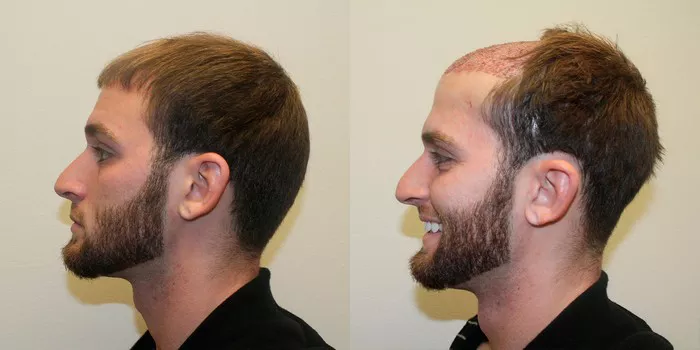Hair loss can be a source of profound concern for many individuals, prompting them to explore various solutions, including hair transplant procedures. NeoGraft, a revolutionary hair transplant technique, has gained popularity for its minimally invasive approach and natural-looking results. In this article, we delve into the question that looms in the minds of those considering NeoGraft: How long does a NeoGraft hair transplant last?
Understanding NeoGraft Technology
Before delving into the longevity of NeoGraft hair transplants, it’s essential to comprehend the technology behind this innovative procedure. NeoGraft is an automated follicular unit extraction (FUE) system that harvests individual hair follicles from the donor area and transplants them to the recipient area. This method stands out for its precision, reduced scarring, and quicker recovery compared to traditional hair transplant techniques.
The Lifespan of Transplanted Hair
One of the primary concerns individuals have is regarding the durability of the transplanted hair. It’s crucial to understand that NeoGraft transplants involve the relocation of permanent hair follicles from the donor area (typically the back of the head) to areas experiencing hair loss. These transplanted follicles retain their inherent characteristics, including resistance to the hormone DHT (dihydrotestosterone), a key factor in male and female pattern baldness. As a result, the transplanted hair is expected to be permanent and not susceptible to typical hair loss patterns.
Post-Transplant Shedding and Growth Phases
After a NeoGraft hair transplant, patients may experience a phase of shedding, which is a normal part of the hair growth cycle. This shedding occurs as the transplanted hair follicles adjust to their new environment. Subsequently, there is a dormant phase before the new hair starts to regrow. While this shedding phase can be disconcerting, it is a temporary and expected part of the process.
Factors Influencing Long-Term Results
Several factors can influence the long-term success of NeoGraft hair transplants. The patient’s overall health, genetic predisposition to hair loss, and adherence to post-operative care instructions play crucial roles. Following the post-surgery guidelines provided by the transplant surgeon, including proper scalp care and medication, is essential for optimal results.
Patient-Specific Variables
Every individual’s response to a NeoGraft hair transplant can vary. Factors such as age, overall health, and the extent of existing hair loss contribute to the uniqueness of each patient’s experience. Younger patients often experience more favorable outcomes due to their potential for better natural hair preservation and regeneration.
NeoGraft Maintenance and Follow-Up
While the transplanted hair is considered permanent, the existing, non-transplanted hair in the recipient area may still be susceptible to ongoing hair loss. To address this, some patients opt for follow-up treatments or maintenance sessions to reinforce the density and address any additional hair loss that may occur over time. Regular follow-up consultations with the transplant surgeon can help assess the overall condition and address any concerns promptly.
Realistic Expectations and Managing Future Hair Loss
It’s crucial for individuals considering NeoGraft to have realistic expectations. While the transplanted hair is expected to last a lifetime, the procedure may not prevent future hair loss in other areas. As hair loss is often progressive, patients may need additional procedures or alternative treatments to address ongoing hair loss patterns.
See Also: The Cost of Hair Transplant in Chennai: Factor and Consideration
Conclusion
In conclusion, a NeoGraft hair transplant is designed to provide a permanent solution to hair loss by transplanting resilient hair follicles from the donor area to areas affected by hair loss. The transplanted hair is expected to last a lifetime, thanks to its inherent resistance to DHT. However, individual responses can vary, and factors such as overall health, age, and adherence to post-operative care play crucial roles in determining long-term results.
Patients considering NeoGraft should consult with experienced transplant surgeons, set realistic expectations, and follow recommended post-operative care guidelines. While the procedure offers a transformative solution for many, it’s essential to approach it as a comprehensive strategy for managing hair loss, including potential follow-up treatments or maintenance sessions. Ultimately, understanding the factors influencing the longevity of NeoGraft hair transplants empowers individuals to make informed decisions about their hair restoration journey.


